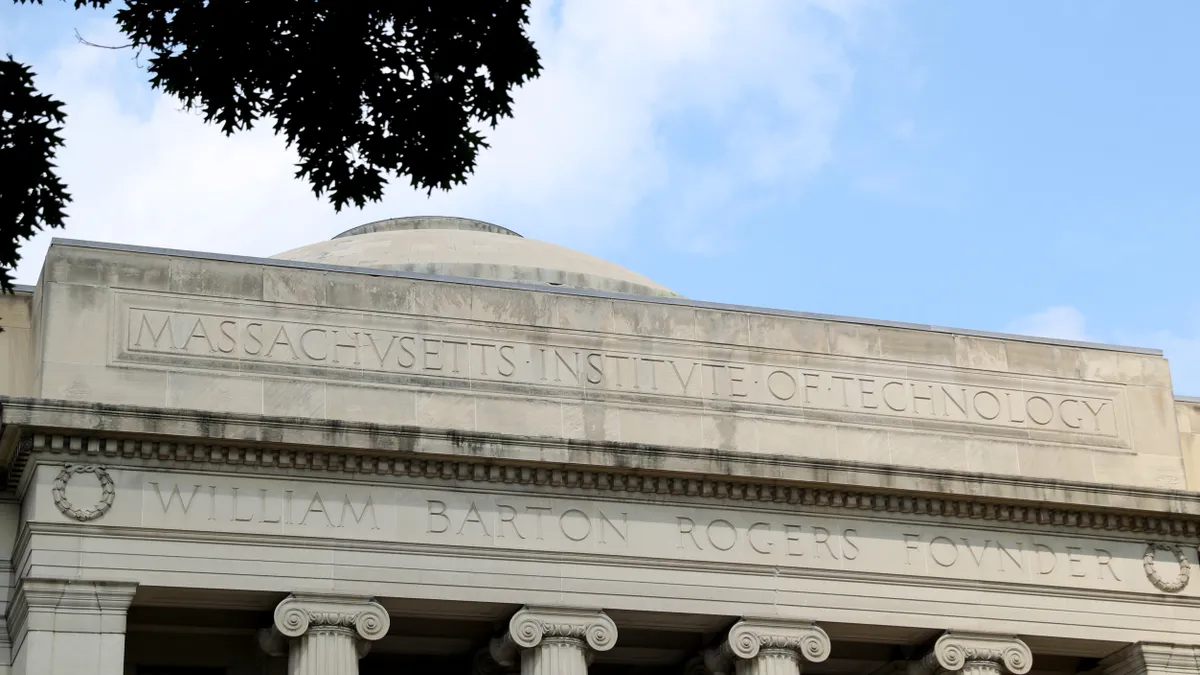In its annual list of top IT issues, released Wednesday, Educause encourages college and university IT leaders to divest, reinvest, and differentiate in 2016. A panel of experts — including IT and non-IT leaders, CIOs, and faculty members — curated the list, organizing the top 10 critical areas of focus into groups based on these three major challenges.
Susan Grajek, vice president of data, research, and analytics at Educause, is the lead author on the IT issues report and a companion report that details the top 10 strategic technologies that institutions can use to address the divest, reinvest, and differentiate challenges. In announcing the publications, Grajek highlighted the power of information technology to help institutions gain a competitive advantage, especially through analytics and ed tech.
“Colleges and universities have made significant investments in their physical infrastructure and services over the past several decades to differentiate themselves from the competition and to attract and retain the best students and faculty,” Grajek said. “Technology now has the potential to offer an arguably even greater value by helping to transform, not the facilities and food, but the very experience and process of learning, scholarship, and community.”
Divest
- Issue No. 5: Institutional Data Management
- Issue No. 8: Enterprise Application Integrations
Already, 58% of higher education institutions report that business process redesign, rather than optimization, is a major influence on their IT strategy. This is the key to divestment — leaving old technologies and practices behind when they can be sourced elsewhere or have become inefficient.
“Reform is insufficient,” the report reads, “because it optimizes today’s practices in lieu of developing tomorrow’s.”
The two issues addressed by the divestment model are institutional data management and enterprise application integrations. Shifting to a model of IT as a service handles both, forcing an institution’s IT department to function like a business, competing with third-party vendors and tailoring processes for peak efficiency.
When it comes to increasingly important data management, Educause recommends standardization and integration, stressing the importance of data governance and protection.
Reinvest
- Issue No. 1. Information Security
- Issue No. 4. IT Workforce Hiring and Retention
- Issue No. 6. IT Funding Models
- Issue No. 9. IT Organizational Development
Once an institution moves away from old technologies and processes, the obvious next step is new investment, and the Educause panel found it important to call it that — an investment, not a cost. Four of the top 10 IT issues of 2016 fall under the panel’s call to reinvest, including the by-far top-ranked issue of the year: information security.
Colleges and universities should be concerned with challenges posed by security. The Educause panel advises IT leaders to stay alert, respond to changing threats, and think about information security holistically, rather than reacting on a case-by-case basis.
Beyond security, college and university IT departments are expected to continue struggling with a skills gap that spans the economy. In many ways, higher education institutions are at a disadvantage in hiring because of compensation constraints, but as IT takes an increasingly central role in university operations, administrators will have to figure out a way to reinvest in the people who are adapting to ever-changing roles.
Funding, more generally, continues to be a concern. There simply is not enough money to go around. The overall recommendation to make divestment and reinvestment a continuous cycle will help institutional leaders continue to innovate.
Differentiate
- Issue No. 2: Optimizing Educational Technology
- Issue No. 3: Student Success Technologies
- Issue No. 7: BI and Analytics
- Issue No. 10: E-Learning and Online Education
Colleges and universities must standardize to become efficient, yet they must differentiate to compete. The four issues in this section speak to the efforts to leverage information technology to stand out.
The EDUCAUSE report points out that differentiation relies on innovation, which is inherently inefficient.
“A financially beleaguered institution under intense scrutiny from a governing board and perhaps also a state legislature may have little appetite for spending money and for making bets with long odds,” the report reads.
Yet institutions that first divest and become more efficient have room to innovate with their savings, creating a way to differentiate the college or university among its peers.
Top 10 strategic technologies
A vetted set of 83 technologies was trimmed to the top 10 following a survey of Educause members. The list represents recommendations for IT leaders considering new initiatives and serves as a tool belt for those looking to implement the divest, reinvest, differentiate strategy. The 2016 list is more diverse than the one from 2015, which featured seven mobile-related technologies. It focuses heavily on analytics across a range of functions and is almost exclusively made up of technologies the Educause team expects will achieve at least mainstream adoption within the next five years.
- Incorporation of mobile devices in teaching and learning
- Software as a Service (SaaS)
- Administrative or business performance analytics
- App development (responsive design, hybrid, etc.)
- Accessing online components of blended/hybrid courses from mobile devices
- Mobile apps for enterprise applications
- Service desk tool and management strategy
- Learning analytics
- Data collection and sophisticated analytics methodologies for information security
- Application performance monitoring.
More information about the top technologies is available here, and more about the top IT issues is here.
Would you like to see more education news like this in your inbox on a daily basis? Subscribe to our Education Dive email newsletter! You may also want to read Education Dive's look at questions of where and how to adapt as Generation Z heads to college.









